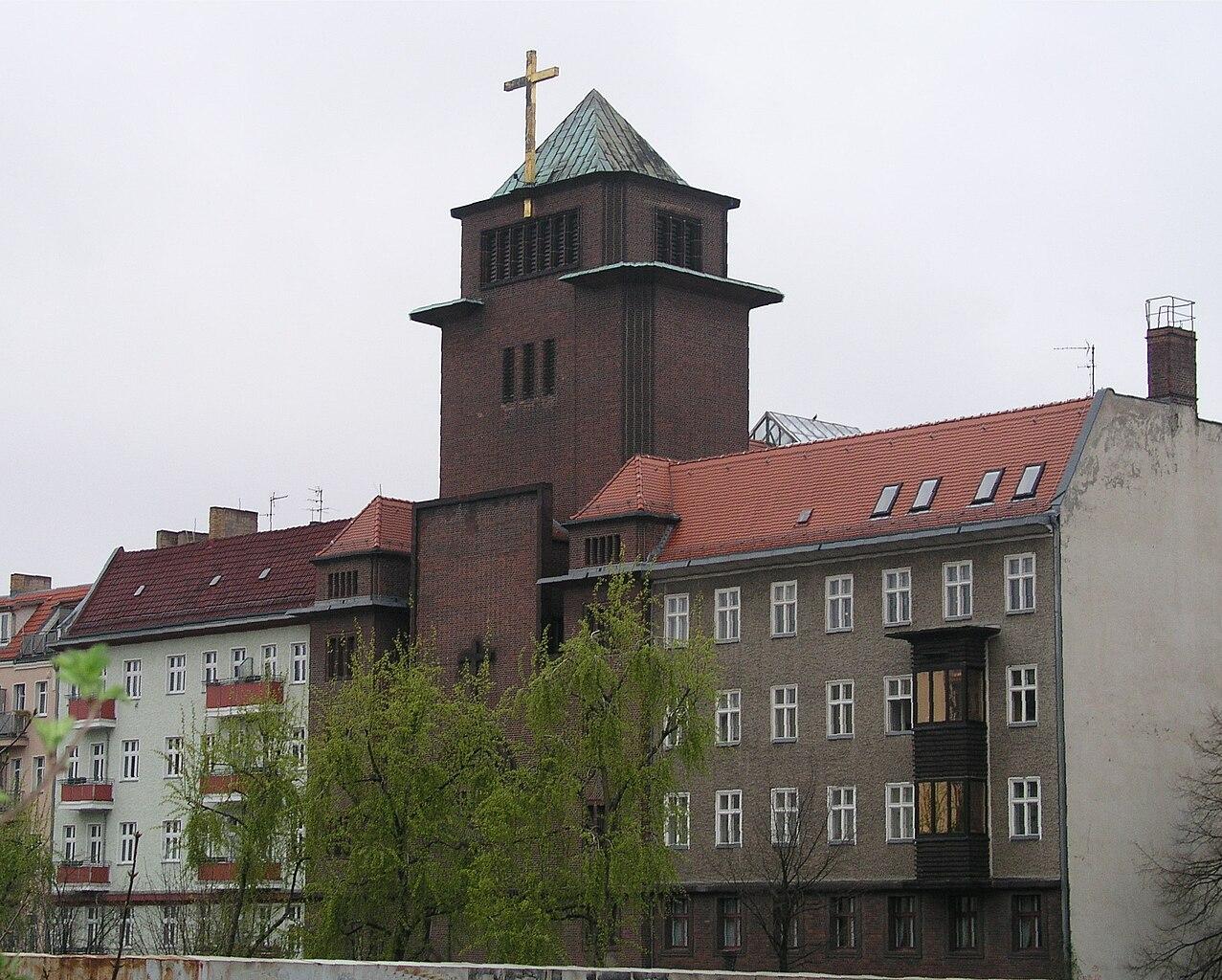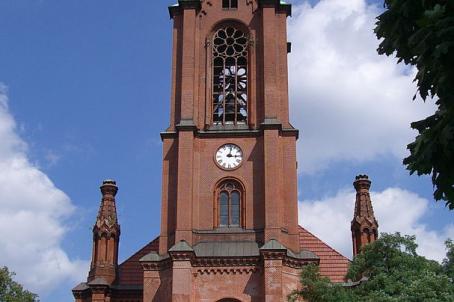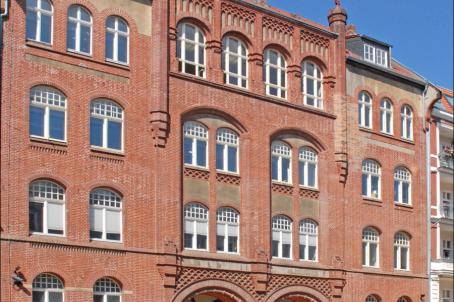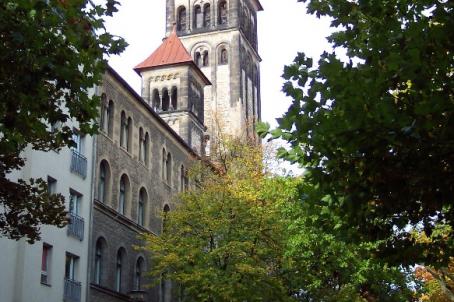St. Augustine Church, Berlin
Construction works of the glamorous St. Augustine Church in Berlin-Prenzlauer Berg began in April 1927. The church was consecrated in April 1928. It was planned by Josef Bachem together with the artist Otto Hitzberger as a combination of clear lines, intense colour contrasts, the finest materials and surfaces, as well as technically sophisticated lighting. During a renovation from 2006 to 2007, St Augustine's was given back its original colour scheme.
About this building
For more information on this building visit https://strasse-der-moderne.de/kirchen/berlin-prenzlauer-berg-st-august…






